The Forbidden Fragrances of Ancient India: Scents Too Powerful for the Public
Throughout history, perfumes have been more than just delightful aromas—they have been symbols of power, ritual, seduction, and even danger. Nowhere is this truer than in ancient India, where fragrances were deeply intertwined with spirituality, royalty, and mysticism. Some scents were believed to hold supernatural allure, evoke powerful emotions, and even influence political and spiritual affairs. As a result, certain perfumes became banned or restricted, reserved only for the elite, priests, or ruling classes.
This article explores the fascinating world of India’s forbidden fragrances—the scents that were considered too potent, too seductive, or too mystical for the general public.
1. Why Were Some Perfumes Considered "Too Dangerous"?
Fragrance-making, or attar distillation, is an ancient Indian tradition dating back thousands of years. The perfumers of India mastered the art of capturing the essence of nature—whether it was the scent of the first rain, the sacred sandalwood tree, or the exotic allure of musk. However, some perfumes became the subject of intrigue and caution due to their supposed effects on human emotions, consciousness, and even power dynamics.
The Lost Art of Attar-Making
Indian perfumers crafted attars (oil-based perfumes) that could alter moods, enhance memory, and even heighten attraction. These perfumes were used for both spiritual and sensual purposes, often believed to have almost magical properties.
The Maharajas’ Secret: Fragrances Reserved for Royalty and Priests
Certain perfumes were considered too influential to be worn by commoners. They were reserved exclusively for the ruling class, spiritual leaders, and temple priests. These sacred scents were believed to enhance meditation, divine connection, and political dominance.
The belief that fragrance could manipulate emotions and desires led to the restriction—and sometimes the outright banning—of certain attars.
2. The Forbidden Fragrance: Mitti Attar & the Earth’s First Rain
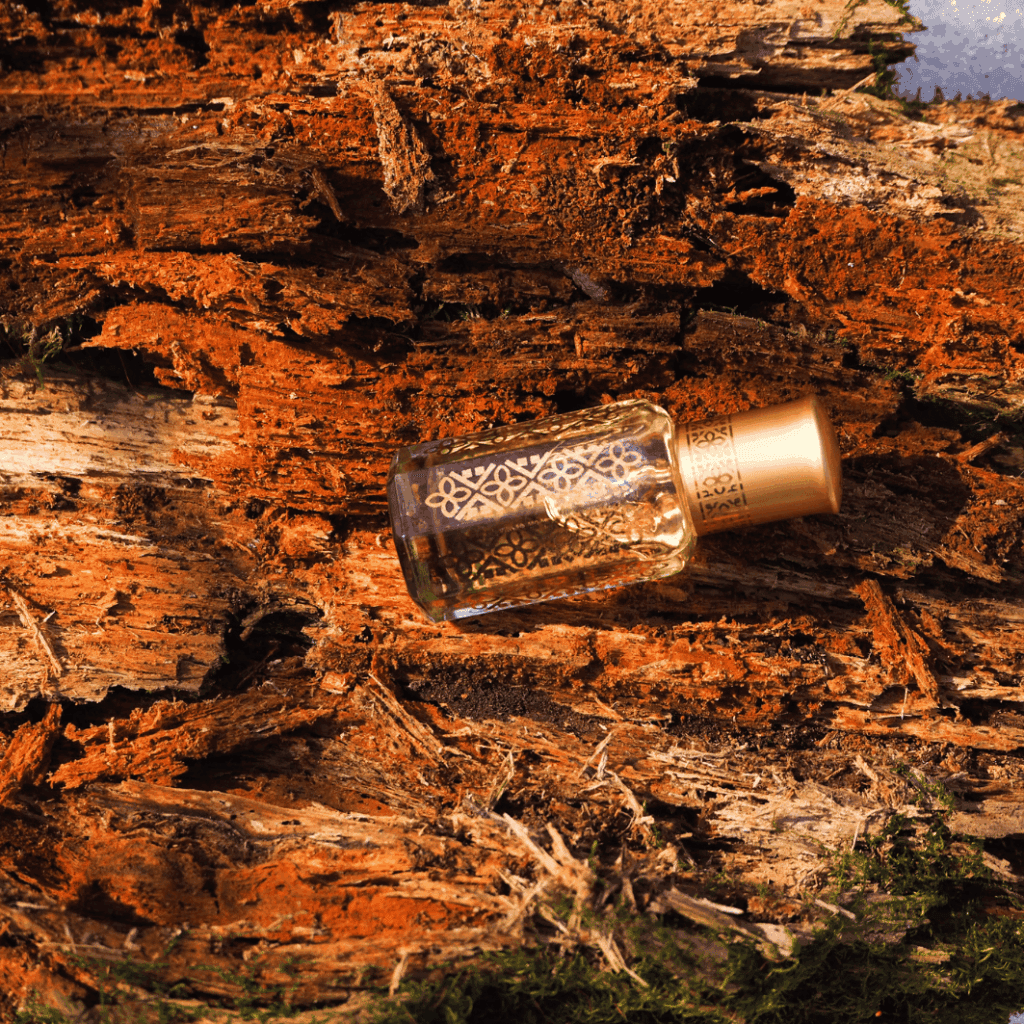
The Allure of Mitti Attar
Mitti attar is one of the most unique perfumes in history. It captures the scent of the earth after the first monsoon rain—an aroma known as petrichor. Created by distilling clay with sandalwood oil, mitti attar was revered for its deep, grounding effect.
Why Was Mitti Attar Restricted?
Mitti attar was believed to have a mystical effect on attraction, particularly on women. It was said that the fragrance evoked nostalgia, longing, and a deep connection to nature—emotions so powerful that they could influence the heart and mind.
The scent became associated with heightened emotions and romance, leading some to believe it had a hypnotic, almost uncontrollable effect on attraction. For this reason, it was restricted in certain settings, particularly where it was deemed inappropriate for public use.
3. The Secret Scent Formula That Maharajas Used
A Perfume of Power and Influence
One such perfume consisted of:
- Sandalwood: A sacred wood known for its calming and meditative properties.
- Musk: A deeply sensual scent that heightened attraction.
- Oud (Agarwood): A rare and luxurious resin that symbolized wealth and divine connection.
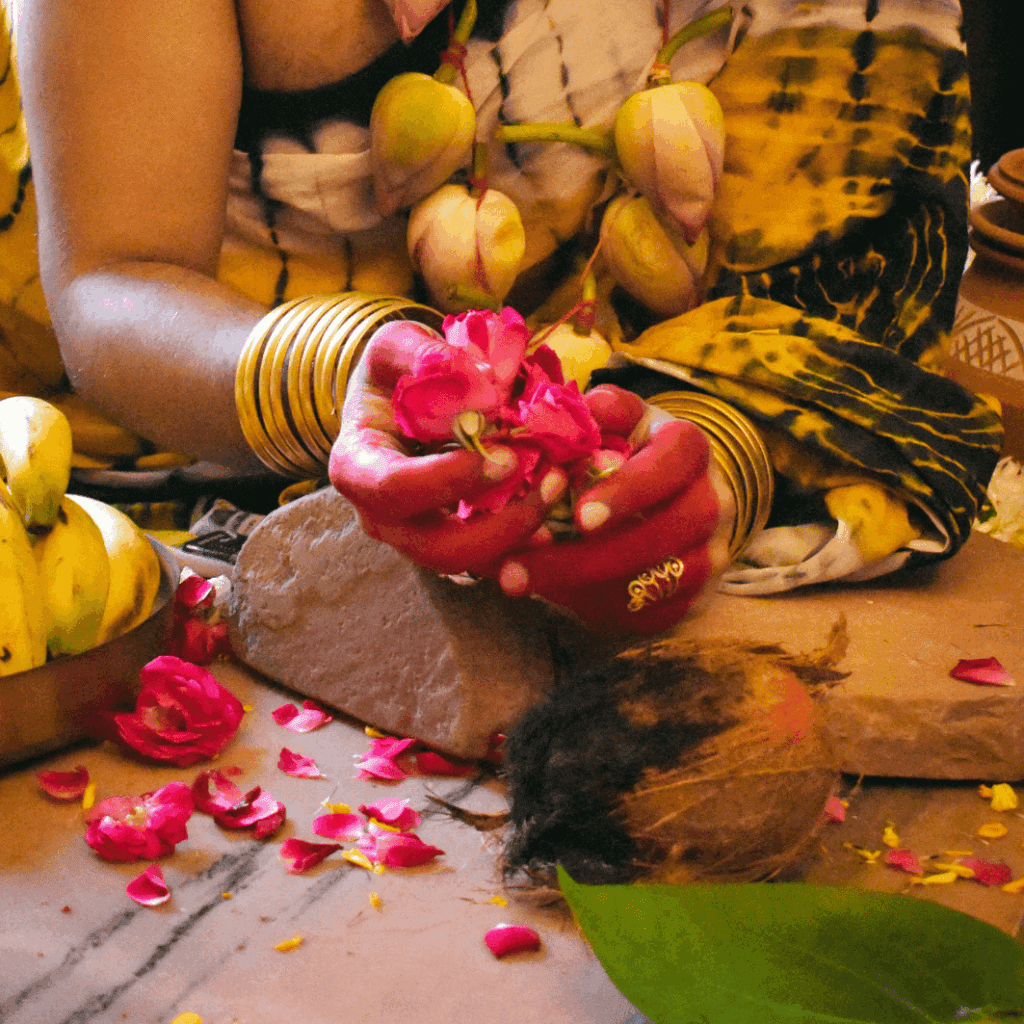
How It Was Used in Royal Courts
Because of its perceived power, such attars were banned from public use and reserved only for the elite.
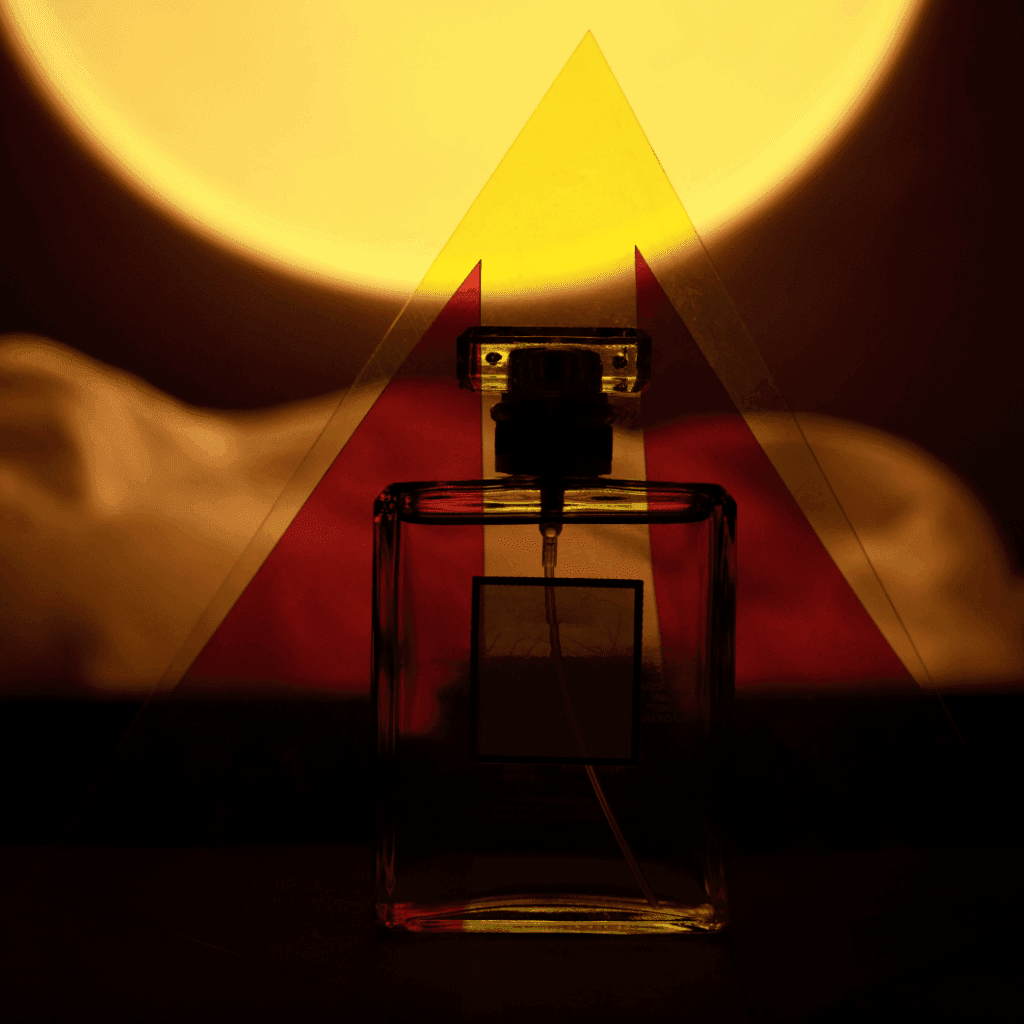
This Summer, Step Aboard the Dream
A journey like no other awaits you… Through the heart of India, where royal elegance meets soulful discovery. This summer, we invite you to experience The Maharajah Train — an exclusive event steeped in opulence, rituals, and timeless beauty.Only a few will ride.
Will you be one of them?Stay with us — the adventure is about to unfold!
4. The Mystery of Sandalwood & Musk
The Dual Nature of Sandalwood
Sandalwood was one of the most prized fragrances in India, known for both its spiritual and sensual properties. Used in temples for purification rituals, it was also a key ingredient in seductive perfumes.
Because of its dual nature, sandalwood perfumes were restricted in some contexts. While allowed in religious ceremonies, some blends that combined sandalwood with aphrodisiac ingredients were considered too dangerous for general use.
Musk: A Fragrance of Attraction and Power
Musk, originally derived from the glands of the musk deer, was another fragrance that faced restrictions. It was famed for its animalistic, intoxicating scent, which was said to heighten sexual attraction and emotions. Indian rulers often infused their clothes and palace halls with musk-based attars to create an irresistible presence.
Because of its strong aphrodisiac qualities, musk-based attars were often banned from use in religious settings or among unmarried women.
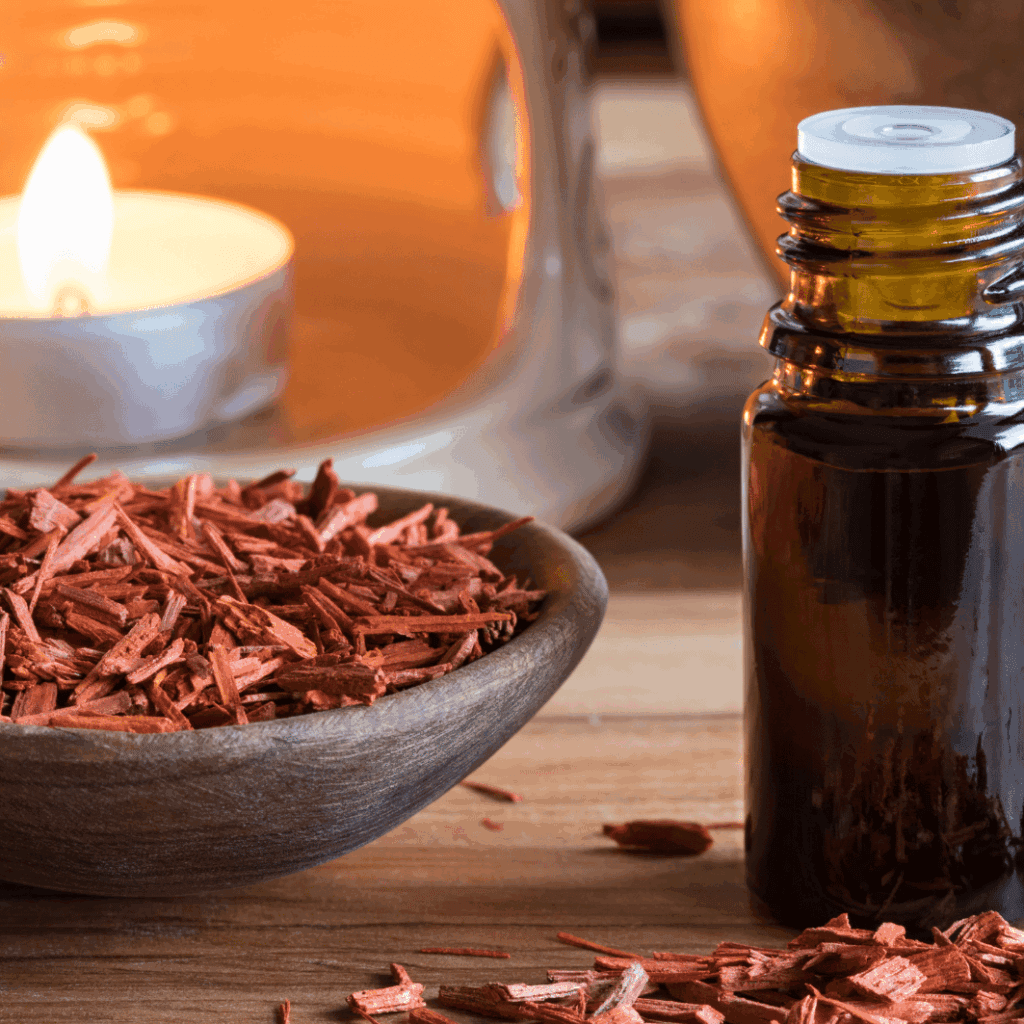
5. The Modern Equivalent: How to Recreate These Ancient Formulas Today
Today, while these fragrances are no longer banned, their original compositions remain rare and luxurious. If you want to experience the power of India’s forbidden fragrances, you can explore modern alternatives.
How to Replicate the Ancient Scents
- Mitti Attar: Look for natural clay-infused sandalwood oil.
- Sandalwood & Musk: Use a blend of pure sandalwood essential oil and ethical, plant-based musk alternatives.
- Oud & Exotic Attars: Seek out authentic Indian attars crafted using traditional distillation methods.
Where to Find Authentic Indian Attars
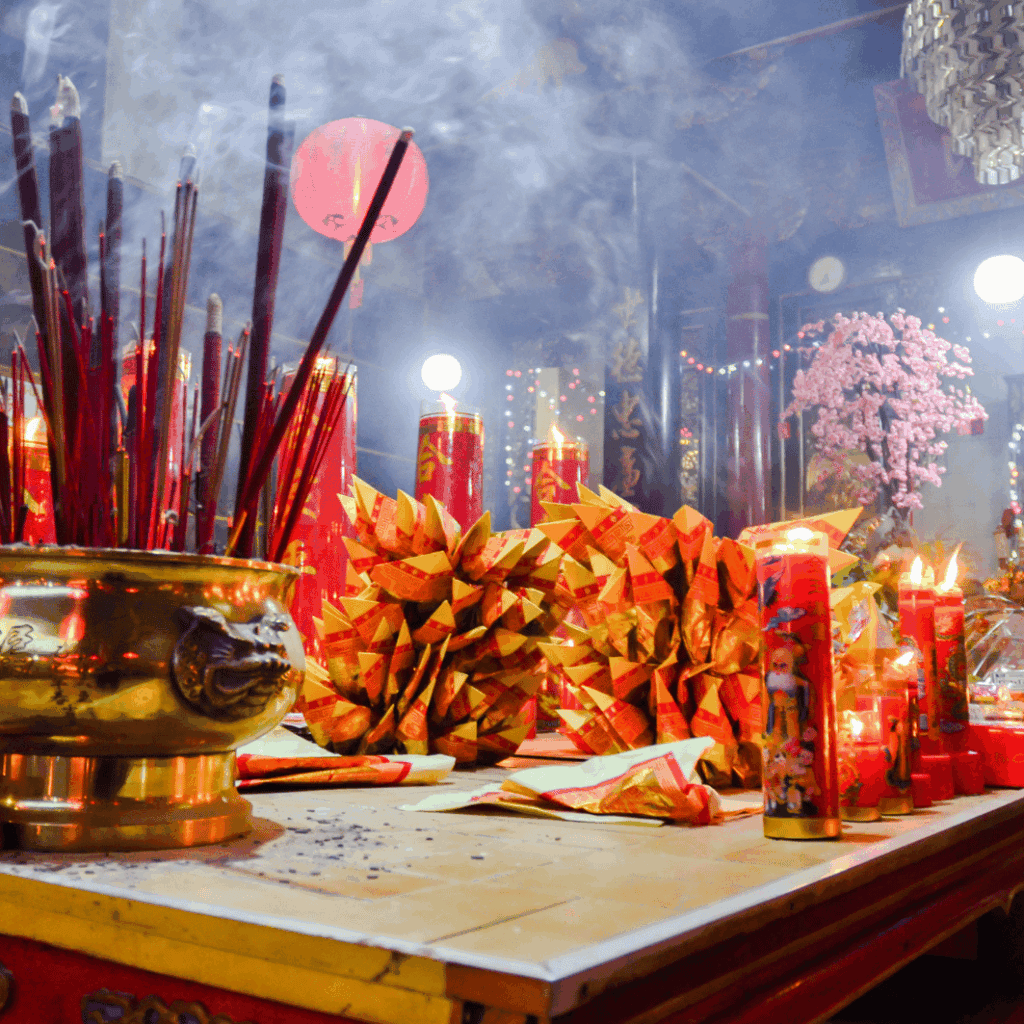
Conclusion: The Timeless Allure of Forbidden Scents
The banned fragrances of ancient India tell a fascinating story of scent as a force of power, seduction, and spirituality. Whether reserved for kings, used in sacred rituals, or considered too hypnotic for public use, these perfumes carried deep cultural and mystical significance.
Today, while these scents are no longer forbidden, their legacy continues in modern perfumery. Whether you seek a scent that grounds you, heightens your allure, or transports you to a different time, the lost art of Indian attars offers an unforgettable journey into the world of fragrance.
Would you dare to wear a scent once considered too powerful for the public? Let us know in the comments below.